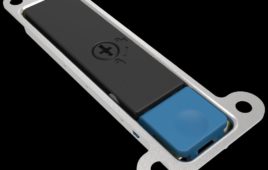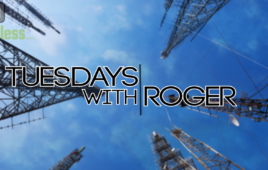The nation’s fifth largest wireless carrier is fighting back against suggestions from T-Mobile, the Competitive Carriers Association, 5G Americas, and the Telecommunications Industry Association that the FCC drop its operability requirement for the 37 GHz and 39 GHz bands.
In a filing last week, U.S. Cellular argued that removing the operability requirement would put smaller carriers at a disadvantage when trying to get their hands on 5G equipment.
“If ‘boutique’ band classes develop for the (millimeter wave) bands, manufacturers would initially, and perhaps exclusively, focus on the needs of the largest carriers,” U.S. Cellular protested. “As a result, at a minimum, smaller carriers would experience significant delays in gaining initial access to mmW band equipment, and thereafter likely would continue to face higher equipment costs and delayed access to the latest 5G technology.”
Passed in July, the FCC’s Spectrum Frontiers Report and Order currently requires that millimeter wave devices for either the 37 GHz and 39 GHz bands be “capable of operating across the entirety of both bands, from 37 GHz to 40 GHz (including the 37-37.6 MHz lower block).” T-Mobile, CCA, 5G Americas, and TIA late last year argued this requirement would hinder development and deployments in the bands since sharing requirements have not yet been laid out.
“While CCA has advocated for operability that will promote competition and innovation, such as in the 28 GHz band, imposing this requirement through the entire 37/39 GHz band before a sharing regime for the lower 37 GHz band is determined would delay equipment development, investment, and deployment across the entire band,” CCA wrote in its petition for reconsideration.
T-Mobile and TIA suggested the Commission could “clarify” that devices that are “tunable” across the spectrum bands satisfy the operability requirement. T-Mobile and 5G Americas also suggested the Commission could delay the effective date of the requirement, leaving devices released before that date free of the requirement. Additionally, 5G Americas and CCA posited the Commission could exclude the 37-37.6 GHz band segment from the operability requirements until the sharing regime for that segment has been finalized.
But U.S. Cellular balked at the first two suggestions, citing interoperability struggles in the 700 MHz band as proof that there is a need for the rules to remain.
The carrier, however, accepted the third possibility only with the caveat that the Commission in that case would require that mobile and transportable devices be capable of receiving across the entirety of the 37-40 GHz band, but only be capable of transmitting in the 37.6-40 GHz band segment. This, U.S. Cellular said, would address the deployment concerns raised by T-Mobile, CCA, et al., while leading to the “creation of a device ecosystem that also would benefit the shared-access users in the 37-37.6 GHz band segment.” The carrier cited a previous filing from Samsung to explain “this would simply mean that ‘any technical rules for sharing in the 37-37.6 GHz band will have to be implemented at the base station level and not the device level.’”
“Given the significant competitive benefits that arise from a fully operable device ecosystem, USCC urges the Commission to ensure that any action it takes to address concerns related to the interplay of the existing operability rule for the 37-40 GHz band and the sharing framework for the 37-37.6 GHz band segment in no way undermines that operability requirement as its applies to the exclusively-licensed 37.6-40 GHz portion of the band,” U.S. Cellular concluded.
Filed Under: Telecommunications (spectrums)




